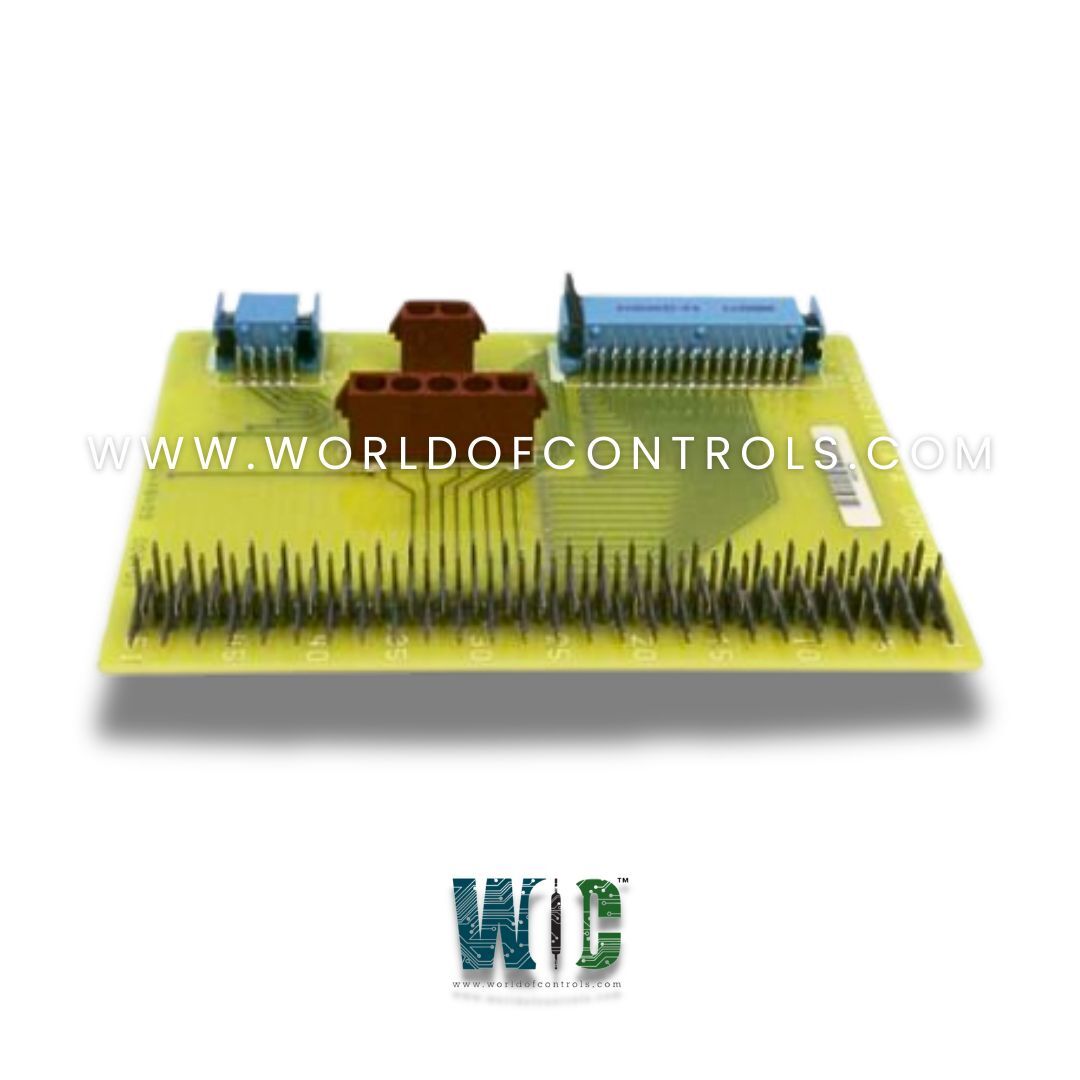SPECIFICATIONS
Part No.: IC3600SIXM1A
Manufacturer: General Electric
Product Type: Interface Board
Availability: In Stock
Series: VersaMax
Functional Description
IC3600SIXM1A is an Interface Board developed by GE. It is a part of GE Mark I and II series. The primary function of the Interface Board is to facilitate communication and signal interfacing between various system components, ensuring coordinated control and data exchange within the turbine control system. It plays a crucial role in translating signals between control modules, sensors, and actuators, thereby maintaining the integrity and reliability of the control architecture.
Design Considerations for Gas Turbine Protection
- The design of a gas turbine protection system is critical to ensuring the safe and reliable operation of both the turbine itself and the load it drives. Like any other prime mover, the gas turbine is exposed to a range of potential fault conditions that must be closely monitored and controlled to avoid equipment damage or system failure. These protective measures are broadly divided into two main categories: basic trip signals and complex parameter protections.
- Basic trip signals are straightforward, immediate-response mechanisms triggered by the violation of simple operating thresholds. These include inputs from pressure switches, temperature switches, and system relays that monitor essential but easily measurable parameters. Examples include low lube-oil pressure, high gas compressor discharge pressure, and generator differential protection. When triggered, these signals typically result in an instant shutdown or trip of the gas turbine to prevent further damage.
- In contrast, the more complex aspects of gas turbine protection involve the monitoring of dynamic or condition-based parameters that require continuous evaluation and often involve multiple sensor inputs and logical control decisions. These include overspeed, overtemperature, excessive vibration, and flame failure detection. Such conditions are not only more intricate to monitor but also more critical, as they can develop rapidly and lead to severe consequences if not addressed promptly.
- Overspeed protection is essential because excessive rotational speed can cause catastrophic mechanical failure of turbine components. Dedicated overspeed detection circuits and backup mechanical governors are often employed to ensure rapid response. Overtemperature protection safeguards against thermal damage by monitoring exhaust gas temperatures or combustion chamber conditions, ensuring that materials are not exposed to temperatures beyond their design limits.
- Vibration monitoring provides early warning of mechanical issues such as imbalance, bearing wear, or shaft misalignment. Continuous vibration analysis allows maintenance personnel to act before minor problems evolve into serious damage. Finally, flame detection systems are used to confirm stable combustion. If a flame is lost and not promptly detected, unburned fuel could accumulate, posing an explosion risk upon reignition.
The WOC team is always available to help you with your Mark I and II requirements. For more information, please contact WOC.
Frequently Asked Questions
What is IC3600SIXM1A?
It is an Interface Board developed by GE.
What are basic trip signals, and how do they function?
Basic trip signals are simple protective mechanisms that respond to predefined thresholds. When triggered, they initiate an immediate shutdown. Examples include low lube-oil pressure and high gas compressor discharge pressure.
How does overspeed protection work in a gas turbine?
Overspeed protection detects when the turbine exceeds its maximum safe speed. The system responds by shutting down the turbine or triggering mechanical governors to prevent component failure or disintegration.
